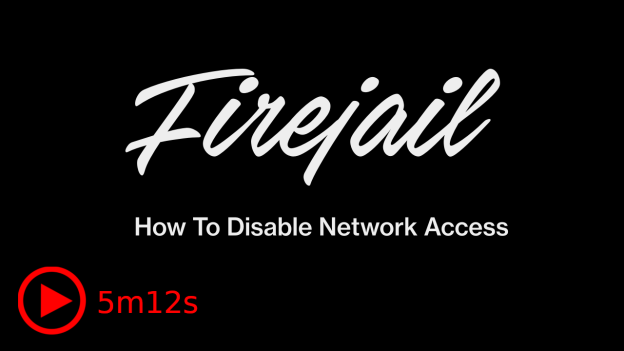
This is the simplest VPN setup ever: Linux workstation running Firefox browser under Firejail, and a virtual machine in the cloud running an SSH server. The tunnel uses SOCKS5 feature of OpenSSH. This setup should work with any other application supporting SOCKS5 protocol.
OpenSSH protects the traffic with strong, industry standard encryption algorithms such as Advanced Encryption Standard (AES). Due to the large number of enterprise users using SSH in the cloud, you are very likely to go through a VPN blockade undetected. Fly under the radar and have fun!






